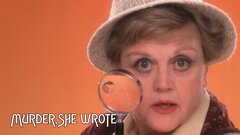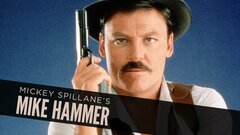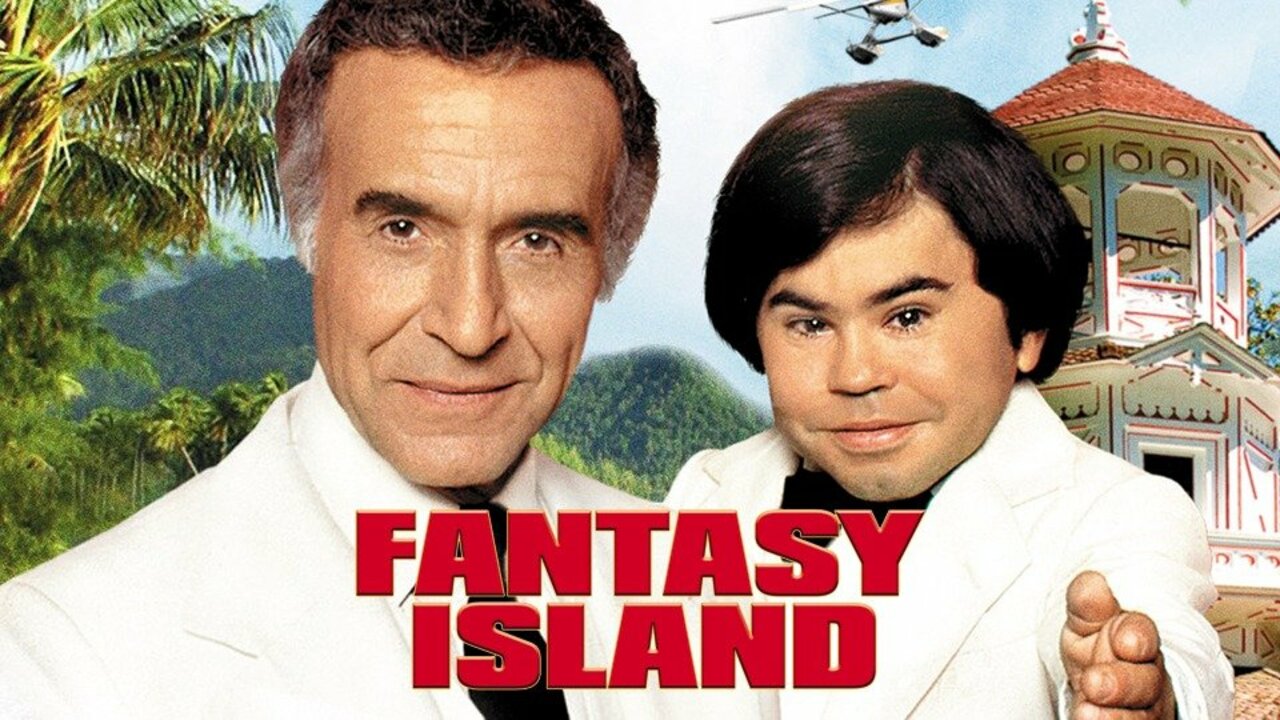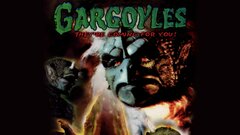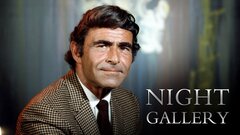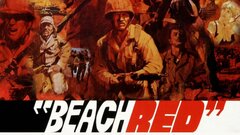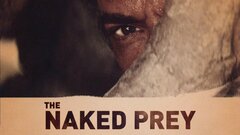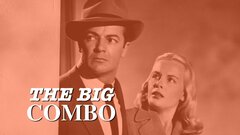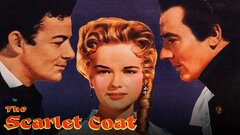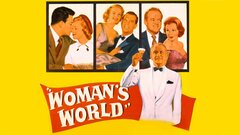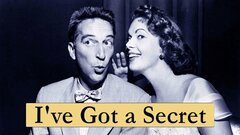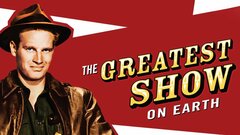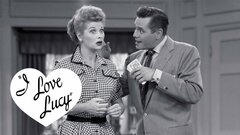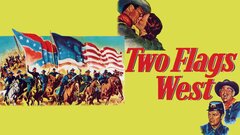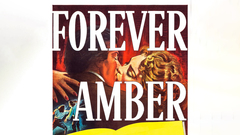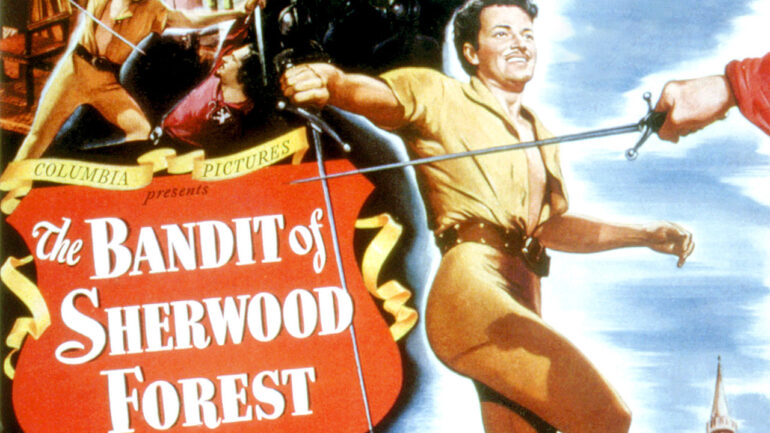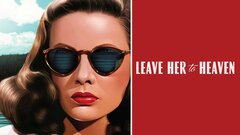Handsome leading men were hardly in short supply in Hollywood during the 1940s, but Cornel Wilde was a unique specimen. Fluent in several languages and good with accents, he was also highly athletic and often emphasized physicality in his performances. As a former member of the U.S. fencing team, he was able to utilize skills that made him a desirable lead for period swashbucklers, a la Errol Flynn. It also did not hurt that he was an effective dramatic performer and proved it when he earned a Best Actor Oscar nomination for "A Song to Remember" (1945) early on in his career.
He also did laudable work in successful productions like "Leave Her to Heaven" (1945), "Forever Amber" (1947), and "Road House" (1948) during his tenure at 20th Century Fox. Wilde also carved out a successful second career behind the camera as a producer, director and sometime screenwriter. His later credits in this vein included such graphic, groundbreaking films as the jungle adventure "The Naked Prey" (1966), the Vietnam drama "Beach Red" (1967), and the post-apocalyptic thriller "No Blade of Grass" (1970). An intelligent and able performer, Wilde was a solid actor and also an unfairly overlooked directorial talent of that era.
Kornel Lajos Weisz was born in Prievidza, Hungary on Oct. 13, 1912 and adopted the anglicized name Cornelius Louis Wilde when his family immigrated to the United States a few years later. Interested in pursuing a performing career, Wilde studied under acting teacher Lee Strasberg and earned parts in Broadway productions like "Moon Over Mulberry Street" (1935-36) and "Having Wonderful Time" (1937-38). During this period, the tall, handsome, multilingual Wilde married aspiring actress Patricia Knight and got his first taste of the West Coast when he was offered a role in Laurence Olivier's forthcoming production of "Romeo and Juliet" (1940).
As star Vivien Leigh was completing a movie, the company rehearsed in Los Angeles even though the show was to be staged on Broadway. While in California, Wilde was put under contract by Warner Bros., and after completing his role as Tybalt for Olivier, he played a handful of uncredited movie parts and scored his first significant role in the Humphrey Bogart/Ida Lupino thriller "High Sierra" (1941). He was subsequently cast in minor fare like "Knockout" (1941) and "Kisses for Breakfast" (1941) before being dropped by the studio after only half a year.
After several months of unemployment - during which he was told, among other things, that his skin was too yellow for color movies - Wilde was picked up by 20th Century Fox. While on loan out to Columbia, he starred as legendary composer Frédéric Chopin in "A Song to Remember" (1945) opposite Merle Oberon and earned a Best Actor Oscar nomination for his work. That notice and the film's significant financial success earned Wilde many roles in the years to come. He split his time between Columbia and Fox, appearing in notable films like the Gene Tierney hit drama "Leave Her to Heaven" (1945), "The Bandit of Sherwood Forest" (1946), "Forever Amber" (1947), the terrific film noir "Road House"...
...(1948), and "Shockproof" (1949), the latter also featuring his wife. However, the couple's marriage had not fared well. Knight accused Wilde of excessive jealousy and being overly dominant in her life. They divorced in 1951. Not wasting any time, later that year Wilde wed actress Jean Wallace, who shared his gift for languages and would go on to appear in a number of his films.
Throughout his career, Wilde was one of the fittest actors in the business and his physical prowess earned him a role in Cecil B. DeMille's big-budget circus drama "The Greatest Show on Earth" (1952). Wilde had to overcome a fear of heights in order to play trapeze artist The Great Sebastian, but acquitted himself well. While the film went on to win the Best Picture prize, it did not age well and, in later years, the plodding, dramatically unsound picture would be regarded as one of the worst productions to win the top Academy prize. Wilde was also able to display skills he gained two decades earlier while a member of the U.S. fencing team when cast as the Musketeer D'Artagnon in "At Sword's Point" (1952). The multi-talent also helped with the film's action choreography.
Wilde expanded his repertoire during the 1950s by earning his first directorial credit via an episode of "General Electric Theater" (CBS, 1953-1962) called "The Blond Dog," in which he co-starred with Wallace. It was unusual during this time for an actor to direct himself, but Wilde wished to take the next step into features. He persevered and formed Theodora Productions, making a deal with United Artists for distribution of the effective crime thriller "Storm Fear" (1955), which he both directed and produced from a screenplay by future Pulitzer Prize winner Horton Foote. As the project's leading man, Wilde also had a change of pace as he played a villain rather than the sort of conventional lead role the studios usually assigned him. In light of the picture's success, Wilde's directorial career was...
...established and he would also write some of his future films, using the pseudonym Jefferson Pascal. His most important credit of this period, however, was the stylish and thrilling film noir "The Big Combo" (1955) from cult director Joseph H. Lewis.
Wilde went back to wearing multiple hats on "The Devil's Hairpin" (1957), "Maracaibo" (1958) and the British production "Sword of Lancelot" (1963), and also received a star on the Hollywood Walk of Fame. In the mid-1960s, he produced, directed and starred in two remarkably vivid, ahead-of-their-time pictures. Shot on magnificent South Africa locations, "The Naked Prey" (1966) concerned a white safari guide (Wilde) forced to participate in "the most dangerous game" by a group of natives who wiped out his compatriots. A lean and exciting adventure with almost no dialogue, the film boasted remarkable visuals and surprisingly stark violence. One of the earliest films to document the horrors of the Vietnam conflict and the futility of war, the powerful "Beach Red" (1967) was also uncharacteristically bloody for the era.
After two such hard-hitting movies, Wilde took a supporting role in Carl Reiner's "The Comic" (1969), but was soon behind the camera once again. Impressed by the British science fiction novel "The Death of Grass," Wilde sought to turn it into a movie and was finally able to convince rights holder MGM to allow him to produce and direct. The resulting motion picture, entitled "No Blade of Grass" (1970), anticipated the wave of post-apocalyptic films that arrived a decade later. However, the studio did not know what to do with the bleak, violent movie and it was never widely distributed. He took a brief vacation from the big screen to star in the made-for-TV horror film "Gargoyles" (CBS, 1972), which developed a cult following despite suffering from the artistic limitations of such productions.
Wilde was soon back with "Shark's Treasure" (1975), in which he played the leader of some fortune-seeking adventurers who end up having more trouble from a group of convicts than the promised deep sea predators. Not one of Wilde's better efforts, the film also had the misfortune to open in U.S. theaters two and a half months before the Steven Spielberg smash "Jaws" (1975) and might have done more business had it rode on that blockbuster's coattails. In the wake of affairs by both parties, Wilde and Wallace ended their marriage in 1981 and the actor's career remained quiet, save for a role in "Flesh and Bullets" (1985) opposite fellow Golden Age vets Yvonne DeCarlo, Cesar Romero and Aldo Ray. The low-grade crime drama was not widely released and turned out to be Wilde's last film, a most undeserving swan song. The actor's final performance was in a 1987 episode of the Angela Lansbury perennial "Murder She Wrote" (CBS, 1984-1996). He died of leukemia two years later on Oct. 16, 1989.
By John Charles
